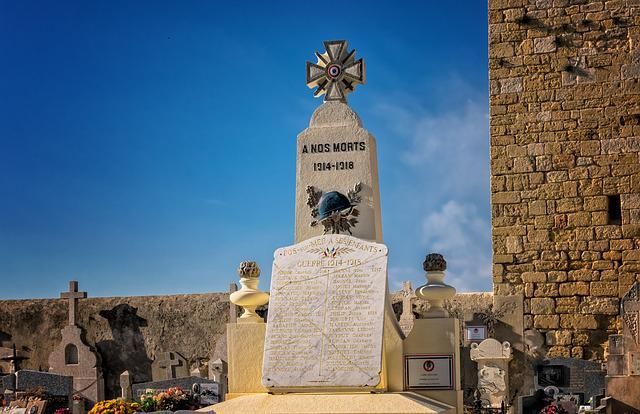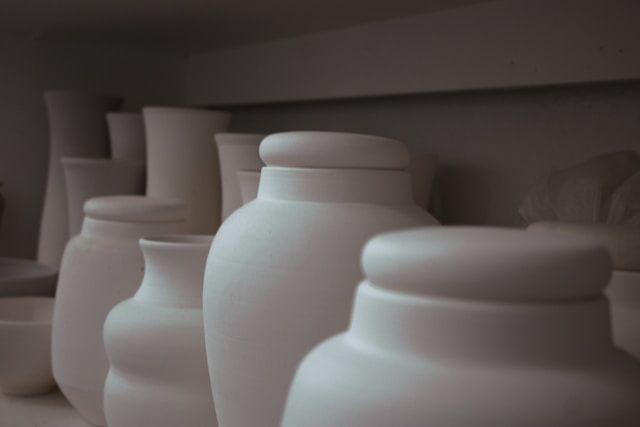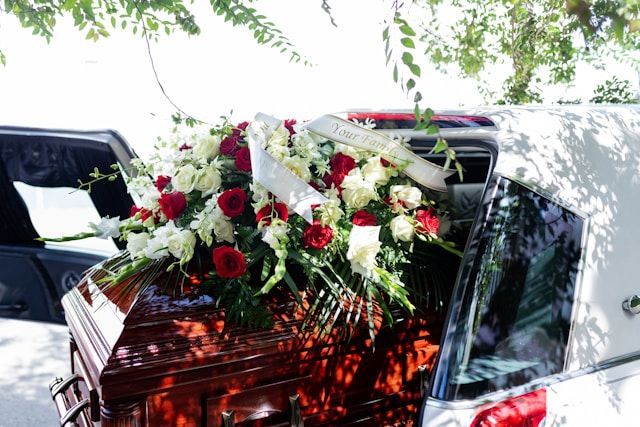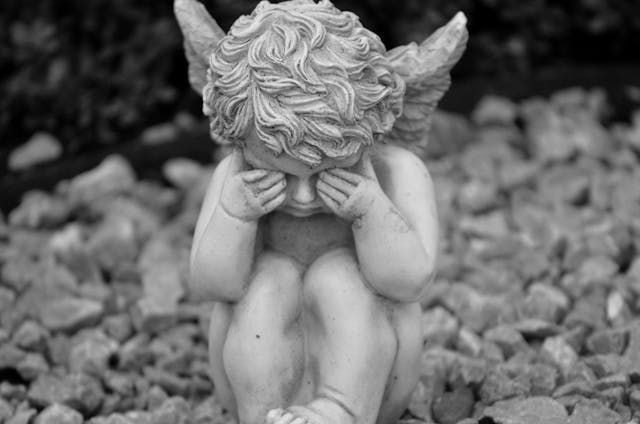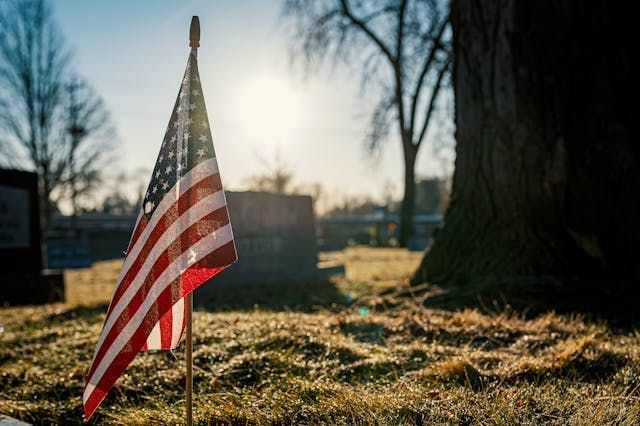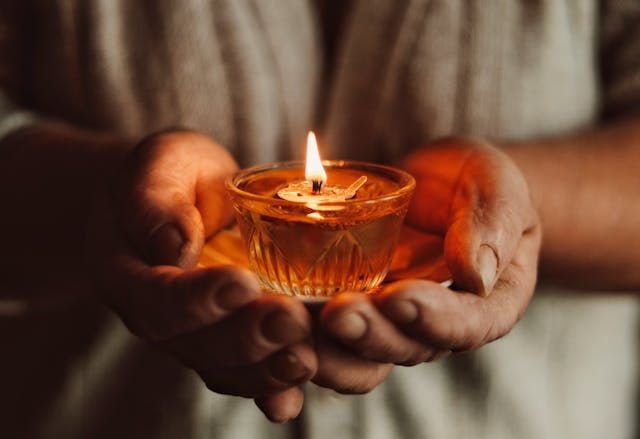How Funerals Have Been Depicted in Art and Literature
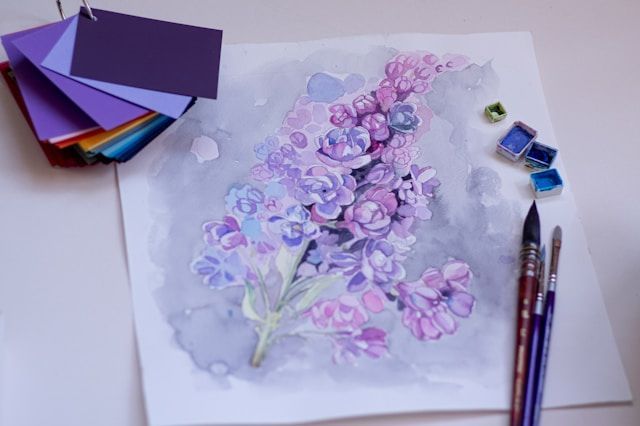
Throughout generations, artists and writers have turned to funerals as powerful moments filled with meaning, reflection, and expression. These portrayals reach far beyond simple ceremony, offering deep insight into how societies across time have processed loss, honored lives, and found ways to connect through shared remembrance. Today, even communities served by funeral homes Taneytown, MD continue to find influence in these creative works, allowing meaningful services to echo centuries of cultural storytelling.
Emotional Imagery in Painting
Visual artists have long used their medium to depict funerals in scenes rich with tone and symbolism. Through expressions, posture, and the use of color and light, they communicate the layered emotions of grief, support, and peace. Often, the focus is placed on those left behind rather than the one being remembered, creating an atmosphere that speaks to communal connection. These artistic elements can still be seen in how modern services are shaped, from the mood created in a space to the visuals that help tell a person’s story.
Written Expression of Farewell
Writers frequently use funeral scenes to introduce emotional turning points or moments of personal growth. These passages reveal how people react when faced with loss and how they begin to process what it means to move forward. Whether the scene is filled with quiet reflection or complex dialogue, the literary approach to mourning helps readers see funerals as more than tradition. They become expressions of memory, inner conflict, and eventual acceptance, much like the real services that help individuals begin healing after loss.
Tradition and Culture Through Ritual
Cultural traditions surrounding funerals differ greatly around the world, and this diversity is vividly reflected in both visual art and literature. Some communities focus on collective mourning, while others center on spiritual transition or deep ancestral connection. Artists and writers often highlight these distinctions to honor the richness of each cultural practice, reminding us that no two farewells are alike. Today’s memorials are often influenced by this understanding, allowing ceremonies to reflect both personal identity and the customs that shape how we say goodbye.
Portraying the Silence Between Words
One of the most powerful aspects of artistic funeral portrayals is how they capture what remains unsaid. The silence in a painting or the pause in a written scene can reflect grief in a way that spoken words cannot. This quiet space allows for emotion to settle in, whether it is sorrow, gratitude, or a deep sense of connection. In many modern services, this element is mirrored through intentional stillness or quiet rituals that allow loved ones time to reflect and feel rather than only speak.
Continuing the Legacy of Meaningful Farewell
Artistic and literary portrayals of funerals have shaped the way we honor those we’ve lost, offering meaningful perspectives that still resonate today. These creative reflections continue to guide how ceremonies are approached, helping families express love, memory, and legacy in deeply personal ways. In communities served by funeral homes Taneytown, MD, these timeless influences often inspire modern services that are both reflective and emotionally grounding.
At Myers-Durboraw Funeral Home, we believe every life deserves a tribute that feels genuine and heartfelt. We work closely with families to create ceremonies that reflect the individuality of their loved one, with thoughtful attention to cultural background, values, and emotional meaning. Let us help you create a farewell that feels honest, comforting, and filled with meaning.
Reach out to begin planning a tribute that truly reflects the life you’re honoring.


